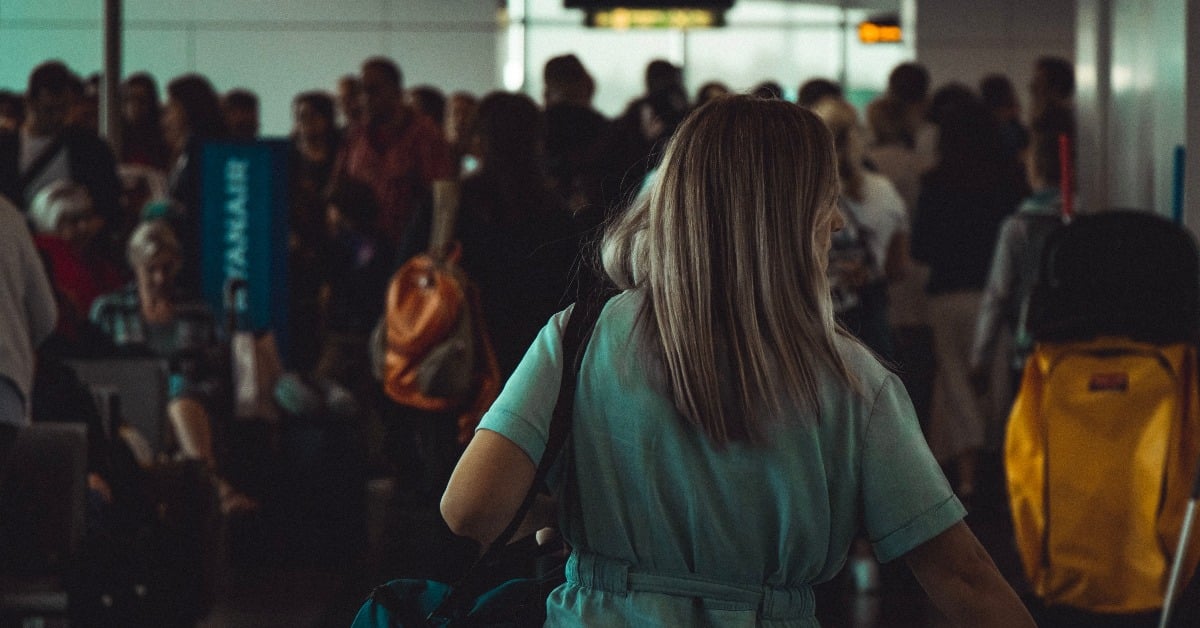The customer journey will most likely be unforgettable if great improvements in the passenger experience occur. Travelling is always meant to be pleasant, however, the simplest problem can turn the passenger’s journey map into a disaster. That is why it is important to understand and address the general travel problems and travel industry trends.
With airlines knowing that positive travel experiences are likely to build loyal customers, some improvements have been seen in today’s industry. Brands are focusing on reaching customers in every moment of travel rather than just before or after the booking moment. But in order to make assertive changes to attract this kind of loyalty, companies first have to understand their customers and their needs.
IATA’s Global Passengers Survey displays what customers are satisfied and dissatisfied about regarding their passenger journey map. From booking phase to airport security and even queuing, this survey highlights some of the main points in which airlines should quickly start to improve.
Problematic touchpoints with rather simple solutions
Booking
The booking experience is still something that takes a lot of time for travellers. OTA’s might be solving part of the problem right now, but airlines need to start solving this issue. Customers do not wish to change tabs to individually book every step of their trip. Instead, they wish to purchase their accommodation, flight, transportation and everything else without having to search for a new provider all over again.
It is true that a good number of airlines have started to introduce activities and hotel bookings into their website. However, having only these two options is not fully solving the problem. Numbers show that, although hotels are the number one additional service customers would like to purchase along with their flights, insurance is also on the top of the list, followed by transportation from the airport to the destination and car rentals.
Moreover, users demand a proper customer experience, which means that placing these bookings on different areas of the website might not spark their interest as they need information to be centralised. Some may then just choose to go back to the OTA they were used to using.
Holding on to the information
Nowadays, passengers are given very little information regarding their journey. Consequently, having no control over their trip leaves them feeling powerless and uncomfortable.
From the IATA report, we can conclude that flight information is, as expected, the most demanded information passengers wish to have. Along with these lines, customers also claim for information such as the distance to the gate or waiting time at customs, all that being directly related to the airport itself. However, two mentioned points are in direct control of the airline: destination content and products and services available for purchase from the airline.
Voted more relevant (25%), the destination content is not a new topic for travel media readers. With the huge development of data, this topic has been defined by many as a MUST for customers and a great added value for airlines. In fact, third-party technology companies are growing in this sector since they are able to provide quality solutions for a fraction of the cost and at a higher speed.
Bag drop
The bag drop stage of the passenger journey map might not be the biggest issue, but it does involve one thing that customers do not want to experience: long queues! With self check-in already being a common thing at airports, staying in line to drop off your bags seems frustrating.
Easyjet is one airline that has already implemented a plan. The low-cost carrier had its first drop-off point put at Edinburgh Airport in 2013 and since then expanded this model to other UK airports, such as Gatwick, Manchester, Bristol and Luton.
Bag tracking
Losing passengers’ luggage, even if temporarily, is a large pain for both the traveler and the airline. In fact, over half of the respondents (56%) from the IATA survey said that, preferably, they would like to be able to track their bag during their journey.
The good news is that tracking systems for luggage already exist. By incorporating it into the passenger journey map, airlines will be able to provide a better sense of security to its customers as well as have more control over bags. It is definitely a win-win situation.
As different as passengers can be, the obstacles that keep the majority of them from having a pleasant journey are often the same. Surrounded by news that talk about advances in technology, not having simple issues solved, such as being able to track their bags, represents a lack of attention from airlines. As a consequence, passengers migrate from one company to another, seeking for a better experience.




